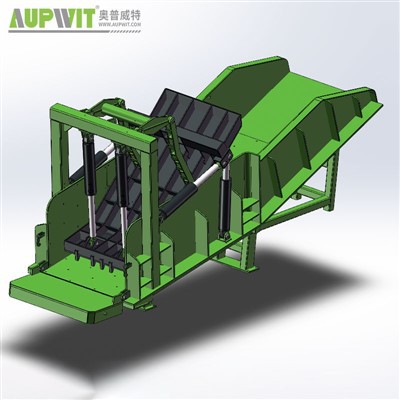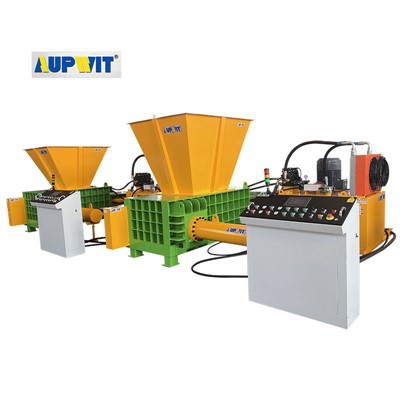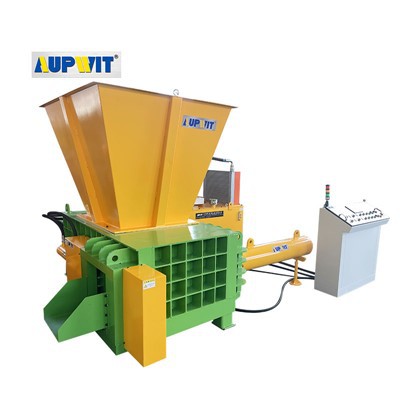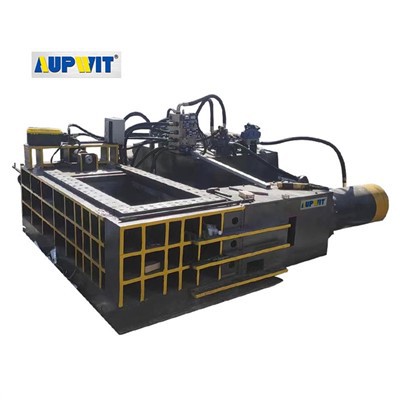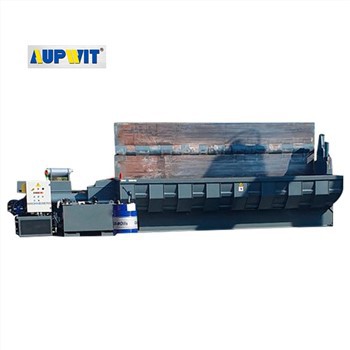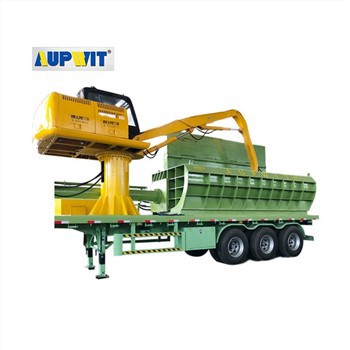Semi-Automatic vs Fully Automatic Horizontal Baler Comparison
Semi-Automatic Horizontal Baler
Automation Level
Core automation only in compression stage. Requires manual intervention for bundling (threading straps, fixing joints) and unloading (manual pushing or natural sliding).
Operation Process
Two-step "manual + mechanical" process: manual loading → start compression → manual strapping → start unloading. Requires 1-2 operators per cycle with dependency on operator skill for strapping.
Efficiency & Output
Cycle time: 2-5 minutes per bale. Production capacity: 8-15 bales/hour.
Structure & Cost
Simple structure without automatic threading/ejection mechanisms. Purchase cost is 50%-70% of full-auto models with lower maintenance costs (fewer wear parts).
Ideal Applications
Best for small/medium users (small recycling stations, print shops) needing balance between efficiency and cost.
Fully Automatic Horizontal Baler
Automation Level
End-to-end automation: automatic compression, strapping, cutting, and unloading. High-end models may include automatic feeding for continuous bulk material handling.
Operation Process
Only requires parameter setting (bale size, strap count) via touchscreen. Runs on preset programs with automatic anomaly alerts. Minimal operator skill required.
Efficiency & Output
Cycle time: 1-2 minutes per bale. Production capacity: 15-30 bales/hour - ideal for high-volume needs.
Structure & Cost
Complex structure with servo motors, sensors, and precision mechanisms. Higher initial investment and requires professional maintenance with elevated long-term costs.
Ideal Applications
Designed for large-scale continuous production (industrial waste centers, major recycling facilities) where labor reduction is critical.


